

Max Davies
How Audi, BMW, Honda, Mercedes-Benz, and Suzuki started out in Australia, and where they are now
10 Hours Ago

Contributor
Peugeot revealed its geometric-looking Inception electric concept at this year’s Consumer Electronic Show (CES) in Las Vegas, Nevada.
Although it may seem a little strange for Peugeot to be revealing its new concept car in the US given it hasn’t sold cars there for over three decades, it previously said CES is the “world’s largest trade show dedicated to new technologies and innovations”.
This Inception concept previews the design and technology Peugeot electric vehicles (EVs) will receive from 2025 onwards.
The Peugeot Inception concept is powered by a dual-motor all-wheel drive setup producing a total system output of 500kW of power. This is more than double what the most powerful Peugeot model sold locally produces.
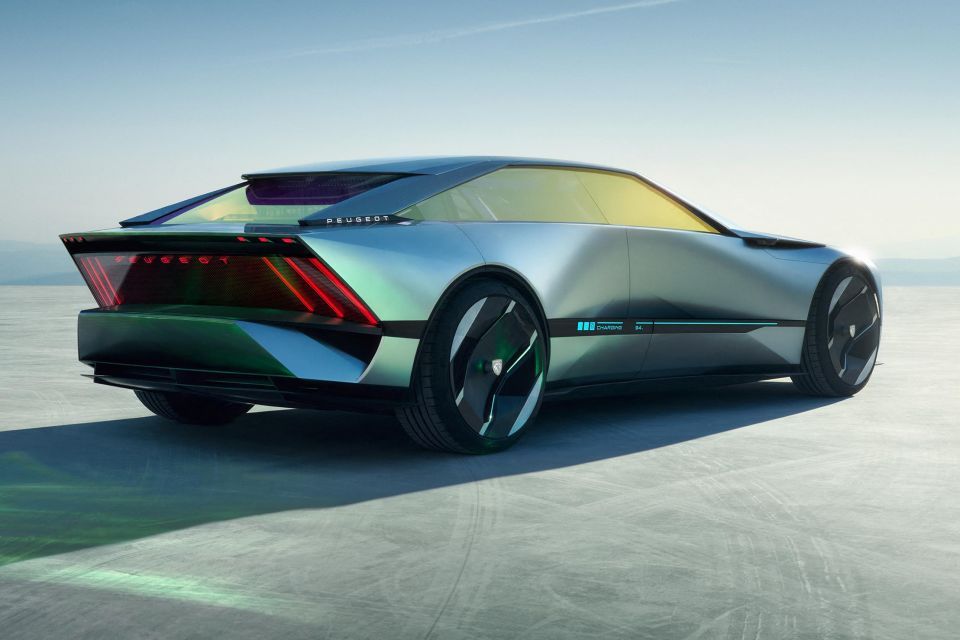
It’s claimed to be able to do the 0-100km/h sprint in less than 3.0 seconds.
There’s a 100kWh battery with the concept having a claimed range of 800km, according to undisclosed efficiency testing standards.
Peugeot claims the Inception concept has an average energy consumption of 12.5kWh per 100km, which is marginally better than the current benchmark, the Tesla Model 3.
The concept has an 800V electrical architecture which can allow it gain up to 30km of range from one minute of charging. It can also be charged by induction.
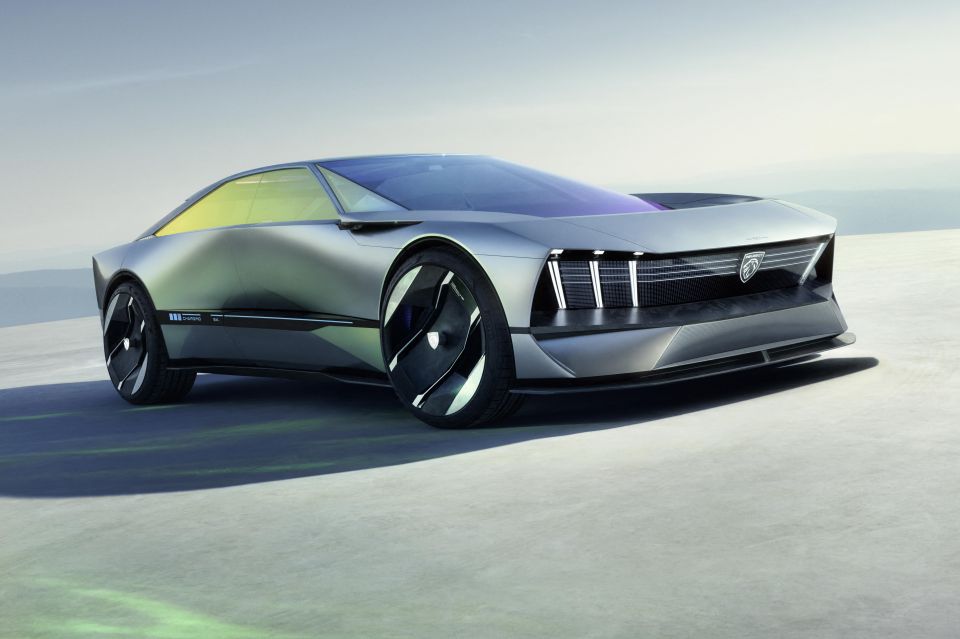
The Peugeot Inception concept is built on a variation of Stellantis’ STLA Large architecture which is “BEV-by-design”.
On the outside the concept looks like an angular fastback grand tourer, with it measuring in at 5000mm long, 2100mm wide, and 1340mm tall.
It’s styled with the brand’s new “feline future” design language, with the body work finished with a single layer of fine metal pigments. From some angles it looks similar to the high-performance hydrogen fuel cell hybrid Hyundai N Vision 74 rolling lab.
At the front there are features including animated LED headlights, illuminated badging, as well as a charging port.
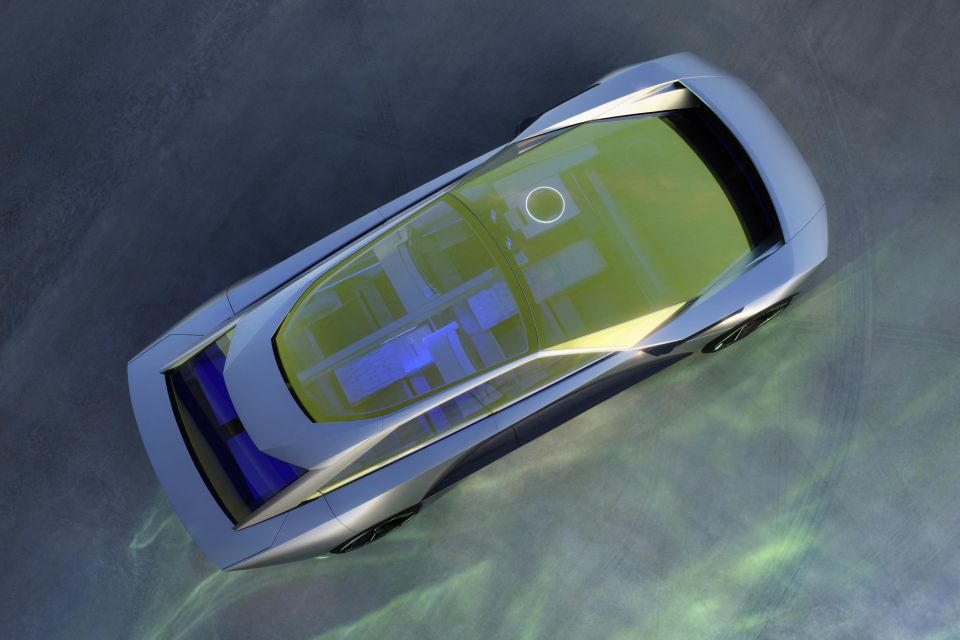
Around the side there’s a so-called “tech bar” that’s essentially a screen mounted on the door and displays information such as the current charge level. It also shows welcome and goodbye messages.
There are 20-inch wheels that are designed in a similar fashion to the 408 ‘coupe SUV’. They have forged textile and aluminium inserts, as well as illuminated Lion emblems in the centre.
At the rear there’s a sharp cutaway with tail lights that have the company’s three claw lighting signature.
Passengers in the Inception concept are surrounded by a wealth of Narima glazed glass on the roof, windscreen, and side windows that has “exceptional thermal qualities and benefits from a multi-chrome treatment”.
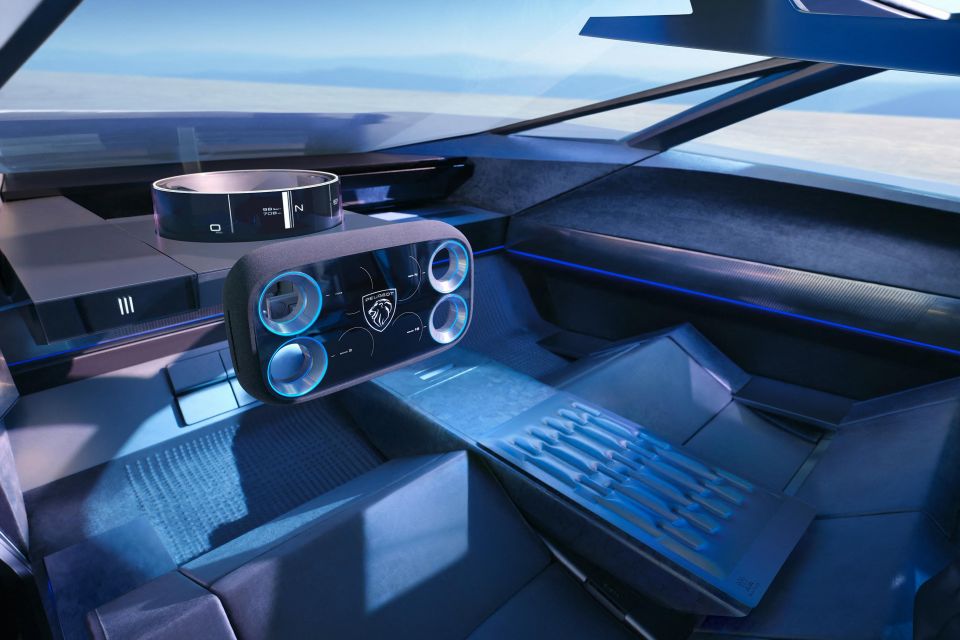
This type of glass was initially used by NASA for astronaut helmets and is known for the different colour reflections it emits.
On the inside of the Inception concept there’s a new generation of Peugeot’s i-Cockpit system that replaces a traditional dashboard.
This new i-Cockpit system centres around the so-called ‘Hypersquare’ control system, which is essentially a reimagined steer-by-wire steering wheel.
There’s a tablet-style screen in the middle of the Hypersquare steering wheel which displays information such as air-conditioning, radio volume, and advanced driving assist systems.

There are also four circular cutouts in the corners of the Hypersquare steering wheel which allow the driver to properly grip it. Inside these cutouts are sensors that allow you to interact with content.
Ahead of the Hypersquare steering wheel is a circular digital instrument cluster called the ‘Halo Cluster’. It can display content to both the driver and people outside the vehicle.
The Peugeot Inception concept is designed to be capable of Level 4 autonomous driving, which when active would retract the Hypersquare steering wheel and reveal a large panoramic screen from the floor.
Peugeot aims to introduce this new-generation i-Cockpit system on a next-generation vehicle before the end of the decade.
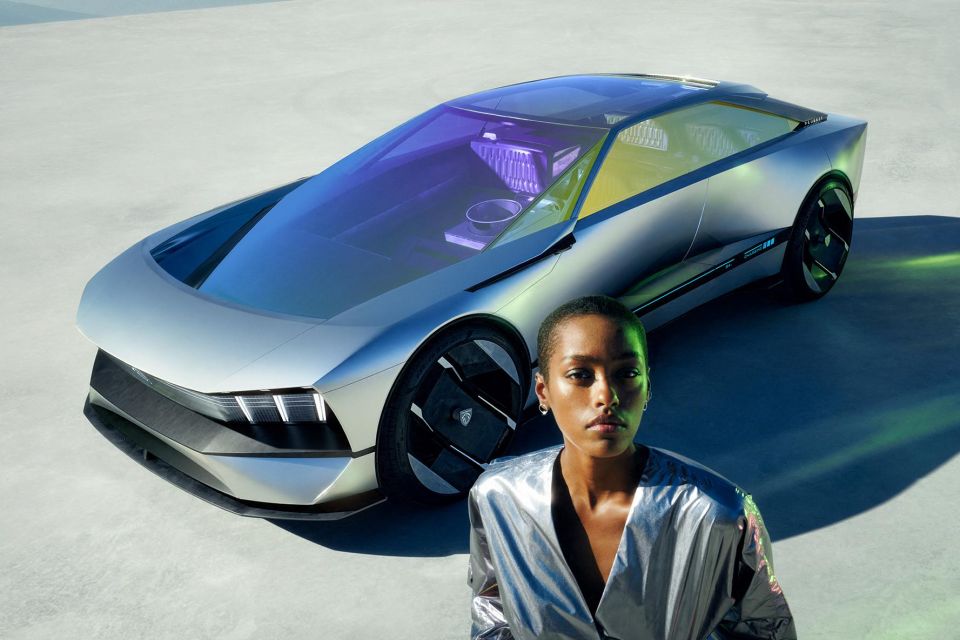
The rest of the Inception concept’s interior consists of armchair-like seats that have air bolsters, and a number of storage spaces. There’s also a Focal premium sound system with an amplifier, several sound bars, and two subwoofers.
The seats and floor are covered in a special velvet made from recycled polyester that has a metallic sheen.
As previously reported, Peugeot has announced it plans to go all-electric in Europe by 2030.
Linda Jackson, CEO of the Peugeot brand, told Automotive News in December 2021, “by 2030 in Europe all of our models will be electric”.
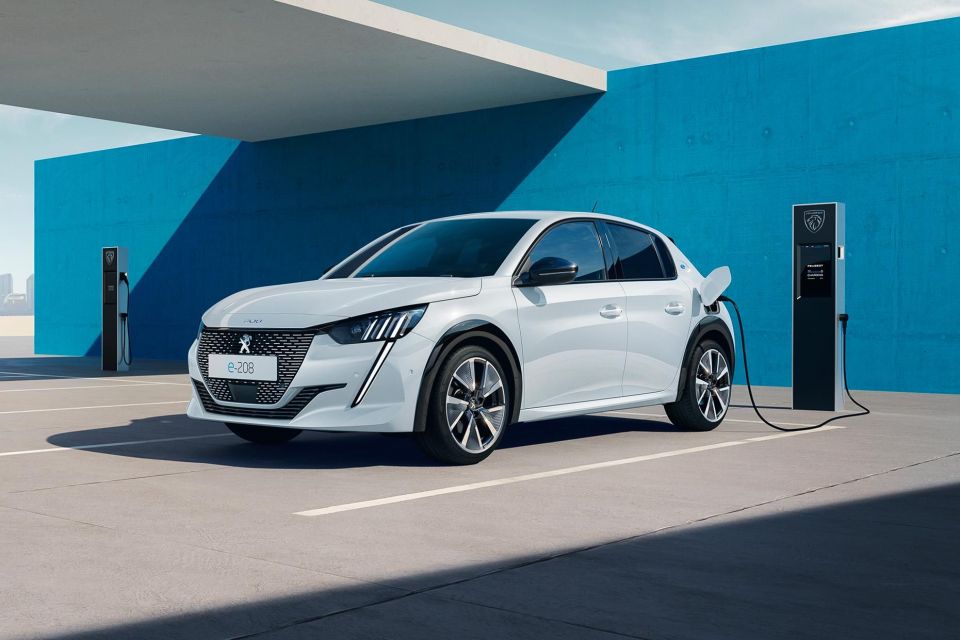
Unlike some other brands, such as Volvo and Bentley, which are aiming to sell only electric vehicles (EVs) across the globe by 2030, Peugeot isn’t making a complete break with internal-combustion engines.
Jackson noted, “I still have to make sure I maintain internal-combustion offerings for my international customers”.
Peugeot has a strong presence in Africa and Latin America, and both these regions are shifting to EVs at a much slower pace than Europe, North America and China.
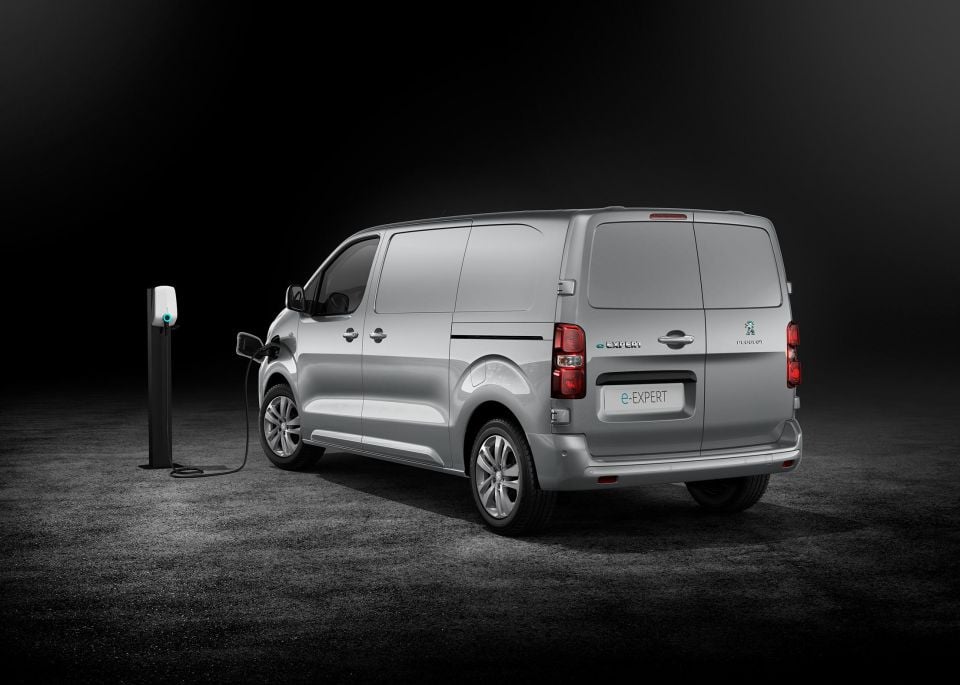
It’s unclear how Australia fits into Peugeot’s EV transition. All of the vehicles sold by the brand Down Under are currently sourced from European factories.
Peugeot Australia has made no secret of its intentions to offer up to three all-electric models in 2023, starting with a commercial vehicle, then moving into the passenger and SUV segments.
Peugeot Citroen Australia managing director Kate Gillis wouldn’t be drawn on revealing which models in the global portfolio will fit into each of these three slots, though the commercial vehicle will either be the e-Partner, e-Expert, or e-Boxer van.
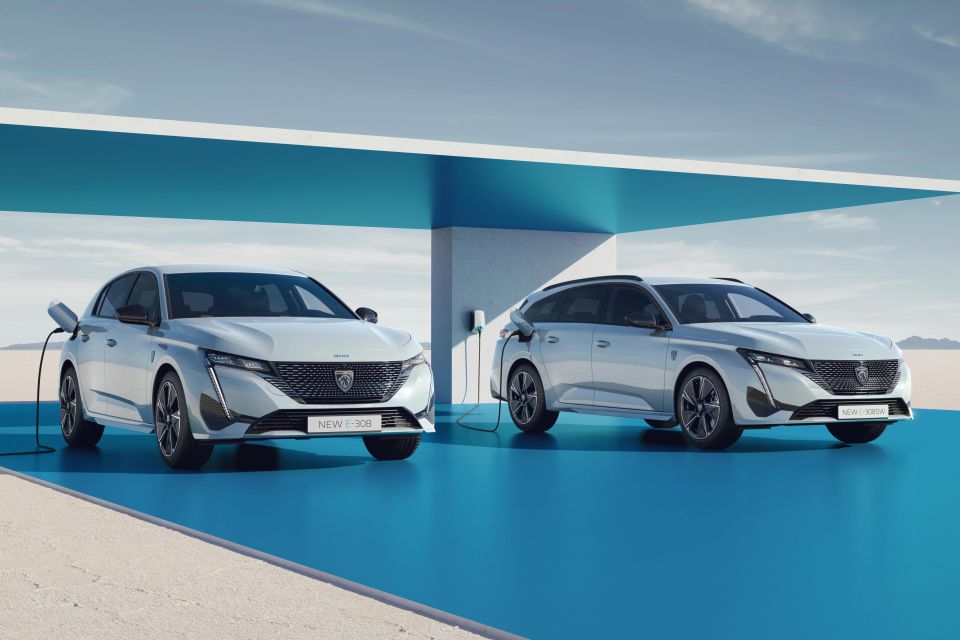
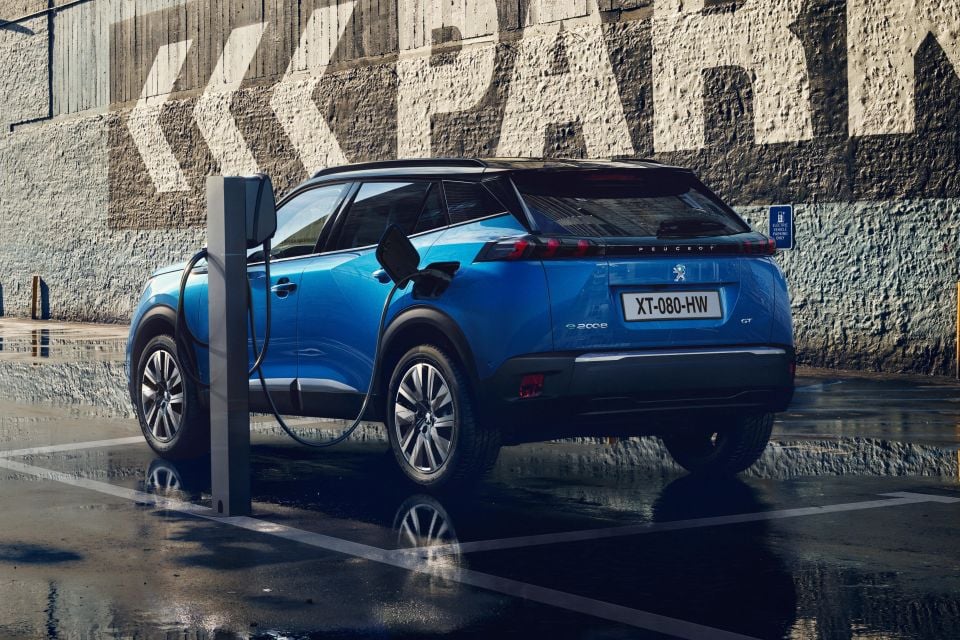
Since the Partner and Rifter are basically one and the same with different interiors, you can see how the Rifter and e-Rifter are a logical next step.
Peugeot also does a passenger version of the Expert van called the Traveller, which additionally offers an all-electric e-Traveller variant.
The passenger and SUV slots, meanwhile, are likely to be filled by the e-208 EV city hatch as well as the e-2008 small crossover. Peugeot Australia is also looking into bringing the recently revealed e-308 Down Under.
MORE: Peugeot to sell only electric vehicles in Europe by 2030 MORE: Peugeot e-208, e-2008 could hit Australia in 2023
Where expert car reviews meet expert car buying – CarExpert gives you trusted advice, personalised service and real savings on your next new car.
Jack Quick is an automotive journalist based in Melbourne. Jack studied journalism and photography at Deakin University in Burwood, and previously represented the university in dance nationally. In his spare time, he loves to pump Charli XCX and play a bit of Grand Theft Auto. He’s also the proud owner of a blue, manual 2020 Suzuki Jimny.


Max Davies
10 Hours Ago


William Stopford
10 Hours Ago


Derek Fung
11 Hours Ago


Max Davies
18 Hours Ago


William Stopford
1 Day Ago


Ben Zachariah
1 Day Ago